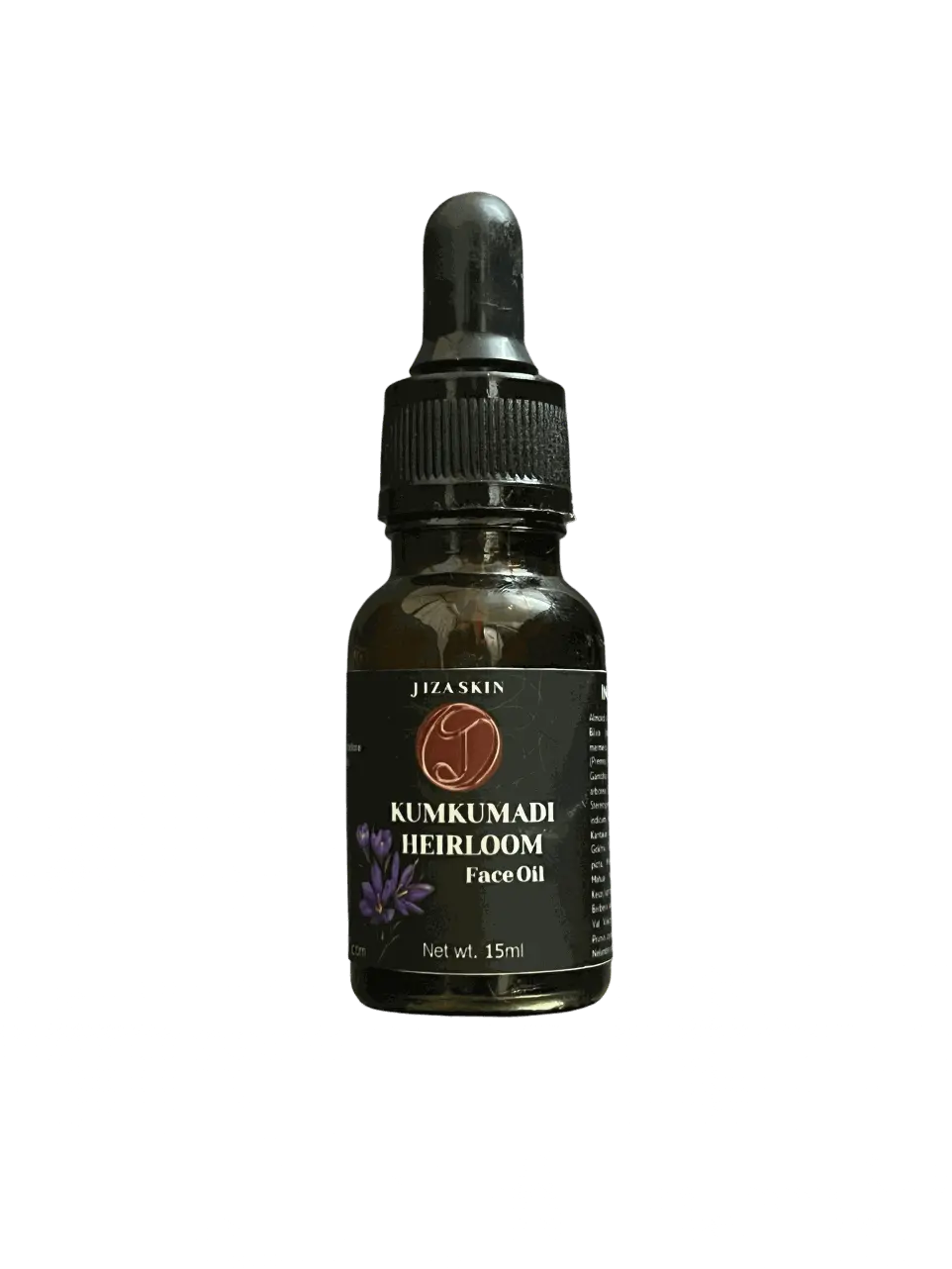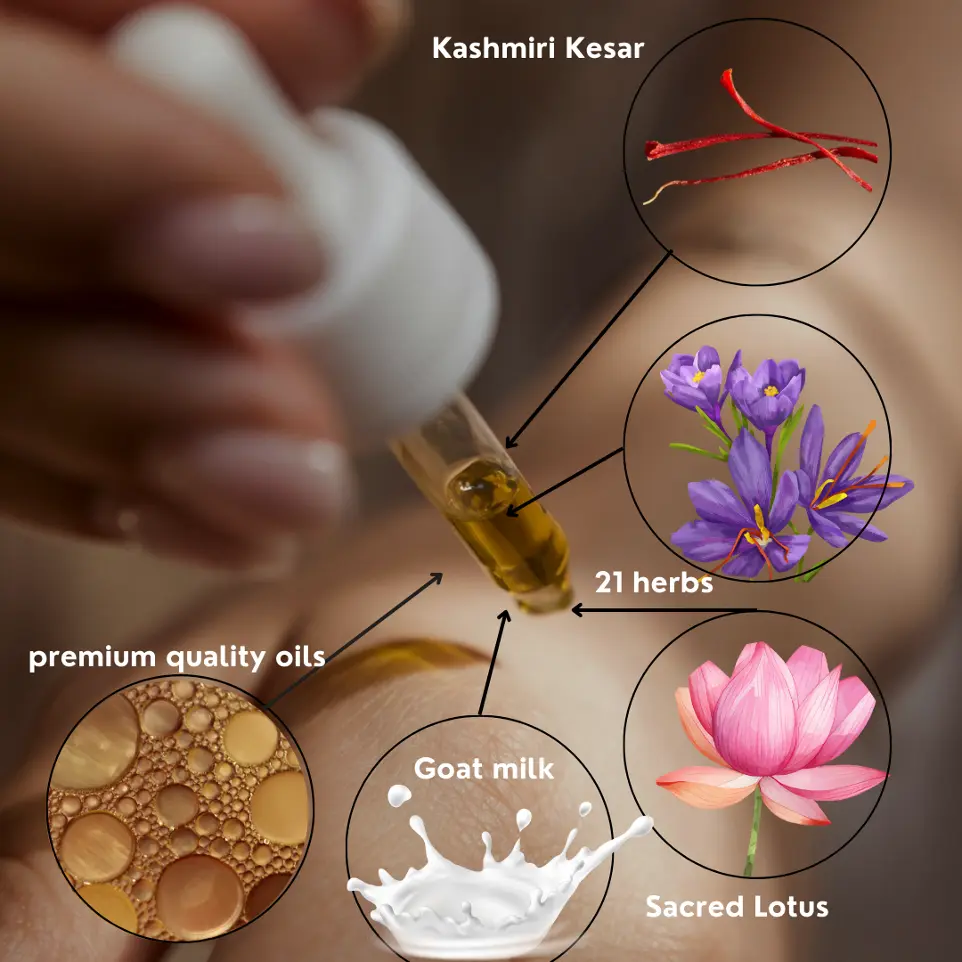In the age of globalized beauty products and skincare brands, there is a growing movement to embrace the power of seasonal skincare and local ingredients. People are turning to fresh, locally sourced ingredients that are aligned with the natural rhythm of the seasons, seeing them as more effective and sustainable alternatives to conventional beauty products. This trend, grounded in both traditional wisdom and modern research, advocates for using nature’s bounty to nourish the skin, with the added benefits of sustainability, minimalism, and a deep connection to one’s environment.
However, while DIY skincare and seasonal ingredients offer many benefits, they also come with their own set of challenges and risks. In this blog, we’ll explore why seasonal skincare with local ingredients should be encouraged, the benefits of fresh skincare, and the common myths surrounding DIY skincare. Additionally, we'll also provide cautionary advice on how to approach it safely and effectively.
The Power of Seasonal Skincare: Aligning with Nature's Rhythms
Seasonal skincare is grounded in the understanding that the skin, much like the rest of the body, is influenced by the changes in the environment. Just as we adjust our clothing, diet, and lifestyle to the seasons, our skin also needs different care depending on the time of year. For example, summer may call for lightweight hydration and sun protection, while winter might require richer, more nourishing creams to protect against dryness and environmental stressors.
In Ayurveda, this approach is long-established, with the idea that nature's cycles influence the body’s health and imbalances (Sharma et al., 2014). Similarly, traditional Chinese medicine and other indigenous healing systems have emphasized the importance of eating seasonal foods and using local plants for skincare and overall wellness. For example, aloe vera is commonly used in the summer for its cooling and hydrating properties, while ginger and turmeric are often used in winter to promote circulation and reduce inflammation.
Scientific studies also support the importance of adapting skincare to the changing seasons. The skin’s barrier function, for instance, is influenced by the ambient temperature and humidity levels. A study by Loden (2003) demonstrated that during the colder months, the skin’s lipid layer, which helps retain moisture, can become compromised, leading to dryness, sensitivity, and irritation. This highlights the need for seasonal skincare that adapts to these changes in environmental conditions.
The Benefits of Fresh, DIY Skincare with Local Ingredients
Using local, fresh ingredients for skincare can offer numerous benefits that align closely with sustainability and wellness. Here are some key advantages:
- Freshness and Nutrient-Richness: Local ingredients are often fresher and contain higher concentrations of nutrients compared to those that have been transported long distances or processed. Ingredients like honey, avocado, cucumber, and oats are often rich in antioxidants, vitamins, and minerals that provide direct benefits for skin health (Mukai et al., 2013). For example, honey has antimicrobial properties, while avocado oil is packed with healthy fats that help maintain moisture and elasticity.
- Sustainability: Sourcing ingredients locally reduces the carbon footprint of your skincare routine. By avoiding long-distance transportation and opting for ingredients grown in your region, you are supporting sustainable agriculture and reducing environmental impact.
- Cost-Effective: Fresh, local ingredients are often more affordable than store-bought skincare products. By making your own skincare products at home, you also reduce the need for packaging, which can contribute to a significant decrease in waste.
- Personalization: DIY skincare allows you to tailor products to your specific skin needs, whether that be fighting acne, promoting hydration, or soothing irritation. Customizing formulations with seasonal ingredients ensures that your skincare routine is in tune with the season and your skin’s changing needs.
- Connection with Nature: Using ingredients that are locally sourced fosters a deeper connection with the natural environment and encourages mindfulness about where the ingredients come from and their impact on the planet.
The Common Myths of DIY Skincare
While DIY skincare and the use of local ingredients have many advantages, there are also several common myths that can lead to improper use and negative skin reactions. Let’s address some of these misconceptions:
- All-natural ingredients are always safe: Just because an ingredient is natural doesn’t mean it is automatically safe for your skin. For example, citrus fruits like lemon are often touted for their skin brightening properties, but their high acidity can cause skin irritation or sensitivity, especially when exposed to sunlight. Similarly, while essential oils like tea tree and lavender are often used for acne treatment, they can cause allergic reactions or irritation in sensitive individuals (Lodén, 2012).
- DIY skincare can replace professional products: While DIY skincare can complement professional treatments, it is not a substitute for dermatologist-approved products, especially for those with specific skin conditions such as eczema, rosacea, or acne. Ingredients like salicylic acid or retinol have scientifically proven benefits for acne and aging, and these cannot be replicated simply by using natural ingredients at home.
- Fresh ingredients don’t have a shelf life: Another myth is that fresh, homemade skincare products are always safer and more effective. However, fresh ingredients, especially those without preservatives, can go rancid or harbor bacteria if not stored correctly. Using old or contaminated products can lead to skin infections or other complications. Always use homemade products within a short period and store them in clean, airtight containers in a cool environment.
- More is better: There is a common misconception that using large quantities of natural ingredients will give better results. In reality, using too much of any ingredient—whether natural or synthetic—can cause adverse reactions. For instance, applying too much honey can lead to clogged pores, while overuse of turmeric can cause a yellow stain on the skin or irritation (Khan et al., 2013).
Cautions to Consider When Using DIY Skincare
To ensure your DIY skincare routine is both safe and effective, keep the following precautions in mind:
- Patch Test: Before applying any DIY skincare product, always perform a patch test on a small area of your skin to check for potential allergic reactions or sensitivities. This is especially important for essential oils, citrus fruits, and other strong ingredients.
- Avoid DIY for Complex Skin Conditions: If you suffer from conditions like acne, rosacea, or eczema, it’s essential to consult with a dermatologist before trying DIY remedies. Natural ingredients may not always be potent enough to treat these conditions and could potentially worsen them.
- Research Ingredients: Not all ingredients are suitable for all skin types. Some ingredients that are beneficial for oily skin may be drying for dry skin, and vice versa. Always research the properties of each ingredient and understand its effect on your skin before use.
- Proper Storage: Fresh DIY skincare products should be stored properly to prevent contamination. Use glass containers with tight-fitting lids, and if needed, refrigerate products to prolong their shelf life. Discard any products that have changed color, smell, or consistency.
- Consult a Professional: If you are unsure about creating a DIY skincare routine or need advice on how to select the best ingredients for your skin type, seek guidance from a skincare professional. They can help you tailor your routine to ensure that it is both effective and safe.
Harnessing the Power of Local Ingredients with Care
Incorporating seasonal skincare using local, fresh ingredients into your beauty routine is an empowering way to connect with nature while nourishing your skin. The benefits of fresh, DIY skincare—ranging from sustainability to cost-effectiveness—are compelling, and the practice of using local ingredients that match the seasons can result in a more balanced and healthy complexion. However, it is important to approach DIY skincare with caution, recognizing that natural ingredients are not always universally safe or effective. Myths surrounding DIY skincare can often lead to ineffective or harmful practices, and the importance of conducting research, performing patch tests, and consulting professionals cannot be overstated.
By embracing the beauty of seasonal skincare and local ingredients with mindfulness and proper knowledge, we can create a skincare routine that is both effective and nourishing for our skin while supporting sustainability and minimizing environmental impact.
References
- Khan, M. A., et al. (2013). “Turmeric (Curcuma longa) as a natural remedy for skin conditions.” Journal of Pharmacology & Pharmacotherapeutics, 4(4), 255-260.
- Loden, M. (2003). "Environmental influences on the skin barrier function: A review of the literature." Journal of Dermatological Treatment, 14(1), 7-15.
- Mukai, Y., et al. (2013). “Cucumber and aloe vera: Benefits for skin health.” Phytotherapy Research, 27(2), 251-258.
- Sharma, S. (2014). "Ayurvedic skincare: An overview." Journal of Ayurveda & Integrative Medicine, 5(4), 186-191.

